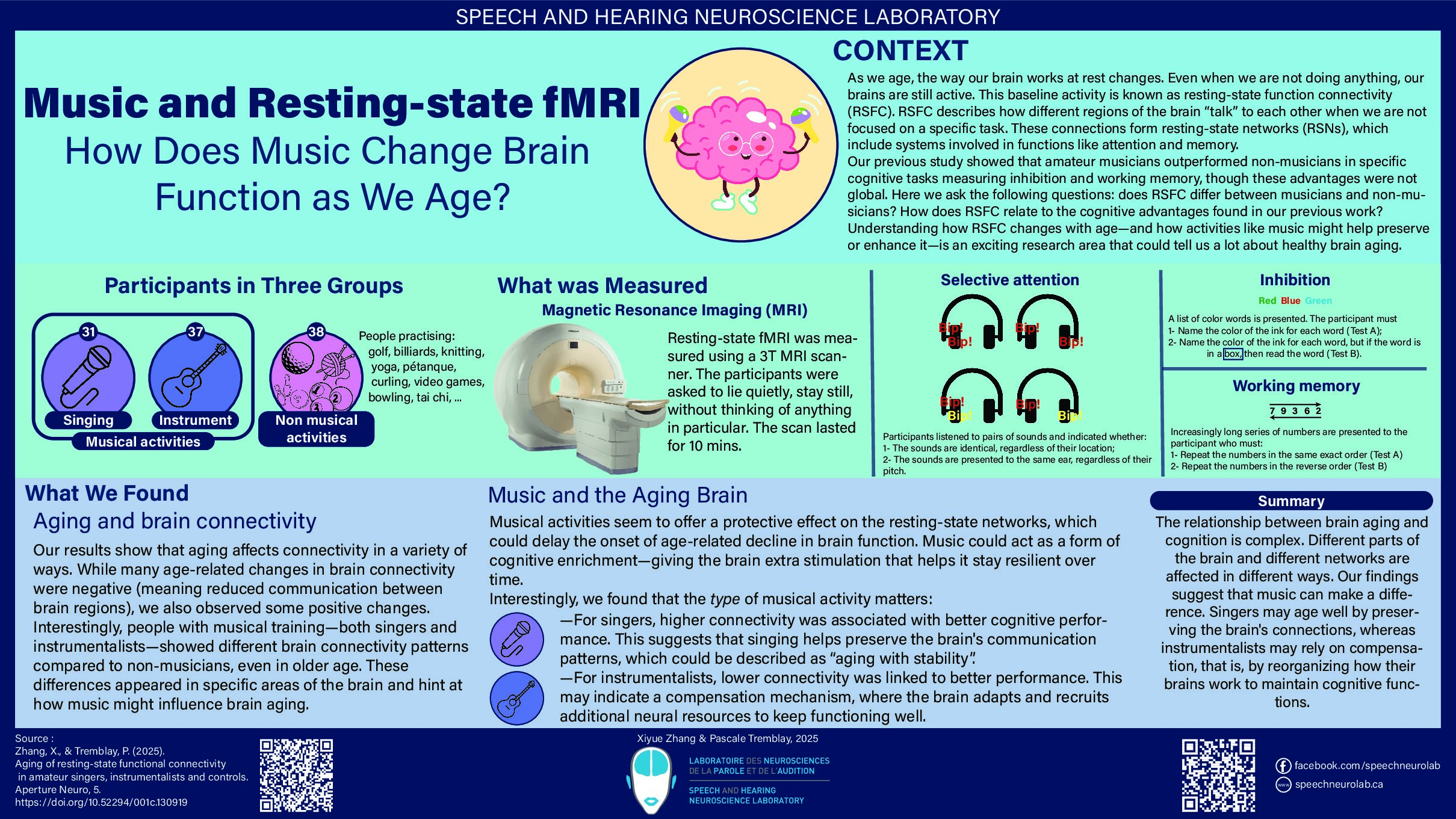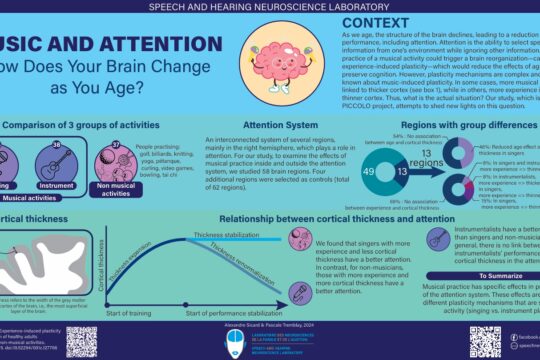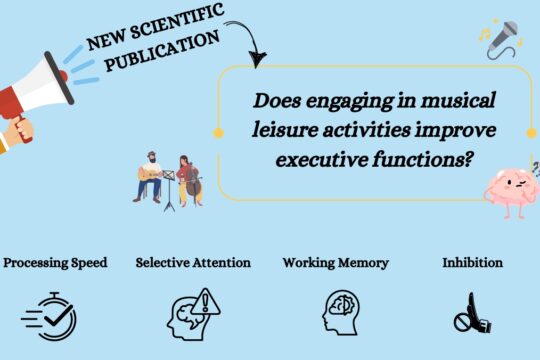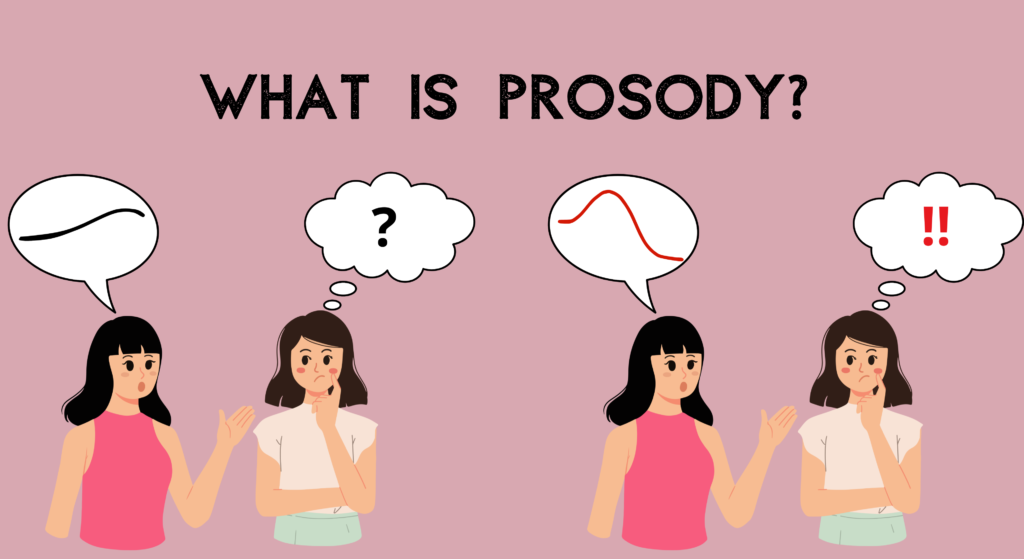
You’ve probably heard the sentence ‘It’s not what you said, it’s how you said it’. You may have heard it in a context where someone sounded angrier, ruder, or more sarcastic or dismissive than expected.
This sentence is related to a property of language known as prosody. As we’ve seen in previous blog posts, language is made up of many components. To form a word, we need sounds, as well as morphemes (the meaningful units that cannot be divided but can be combined with each other, such as swim and -er, which together form the word swimmer). Words can then be combined into larger meaningful chunks called phrases (e.g., the skillful swimmer) and sentences (e.g., the skillful swimmer won the championship).
So where does prosody fit in all of this? Prosody is a bit like the ‘flavor’ of verbal productions. It is connected to the intonation and the rhythm we assign to a phrase or sentence.
For example, we know that questions in English usually involve including a question marker (such as do or did) or reversing the subject and the verb (in the case of the verb to be or modals like would and may). However, we can also ask questions by changing the intonation of a sentence that uses declarative word order (i.e., the word order we use in statements).
Think of the sentence I wrote an email. If produced with declarative intonation – that is, when the pitch of the sentence gradually lowers toward the end of the sentence –, it’ll probably be interpreted as the answer to a question such as “What did you do?” or as a simple statement of a fact. See figure 1 (you can listen to the sentence below).
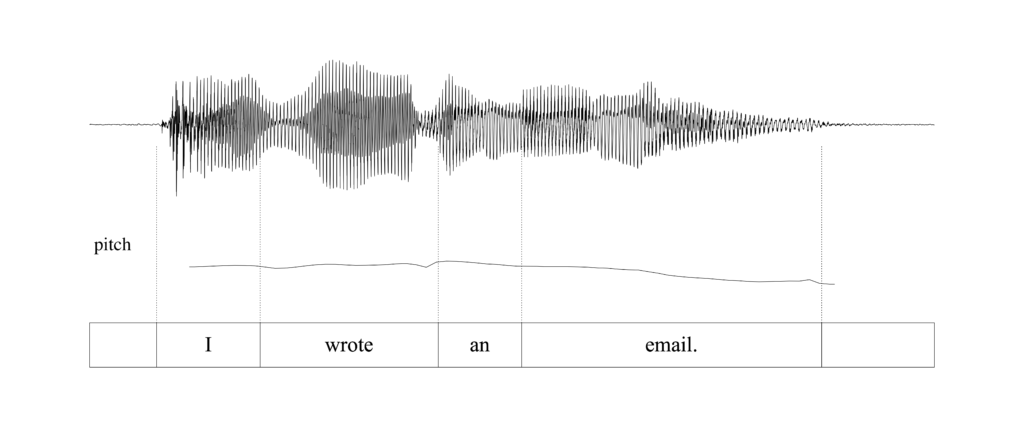
But someone could also produce this sentence if they were unsure that they really wrote an email. In this case, the sentence is produced with interrogative intonation, with the pitch rising towards the end of the sentence. See figure 2 (and audio file).
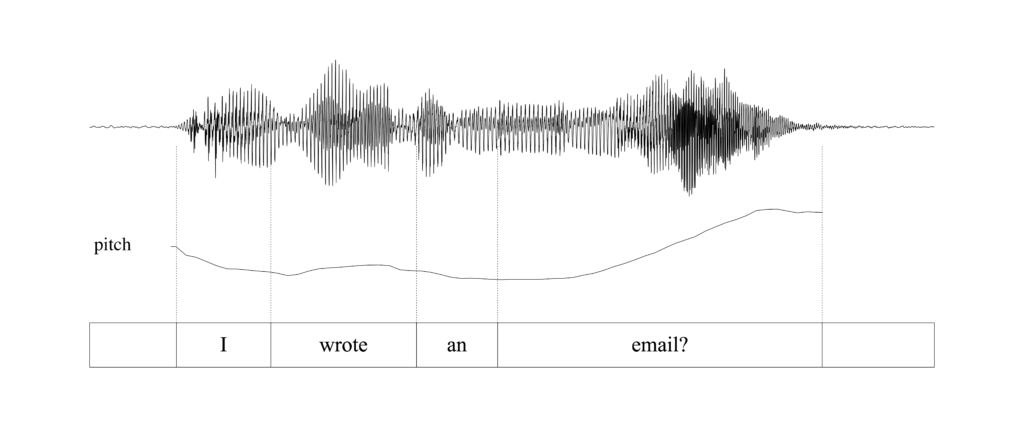
The difference between these two productions of the same sentence indicates that prosody is used to convey meaning in a way that goes beyond the meaning of each word in a sentence.
Actually, even the smallest sentences can have their meanings affected by the intonation we assign them. Peter Ladefoged and Keith Johnson, in their book A Course in Phonetics (2015, 7th ed.), exemplify this phenomenon with a one-word sentence: Amelia.
This one-word sentence could be produced in many contexts. For example, it could be produced as the answer to the question What is her name?, as a confirmation question (equivalent to Did you say Amelia?), as a reprimand – and in many other contexts. In each of the contexts mentioned in the previous sentence, the intonation of Amelia will be different, as shown in Figure 3. You can also listen to the three versions of the sentence below.
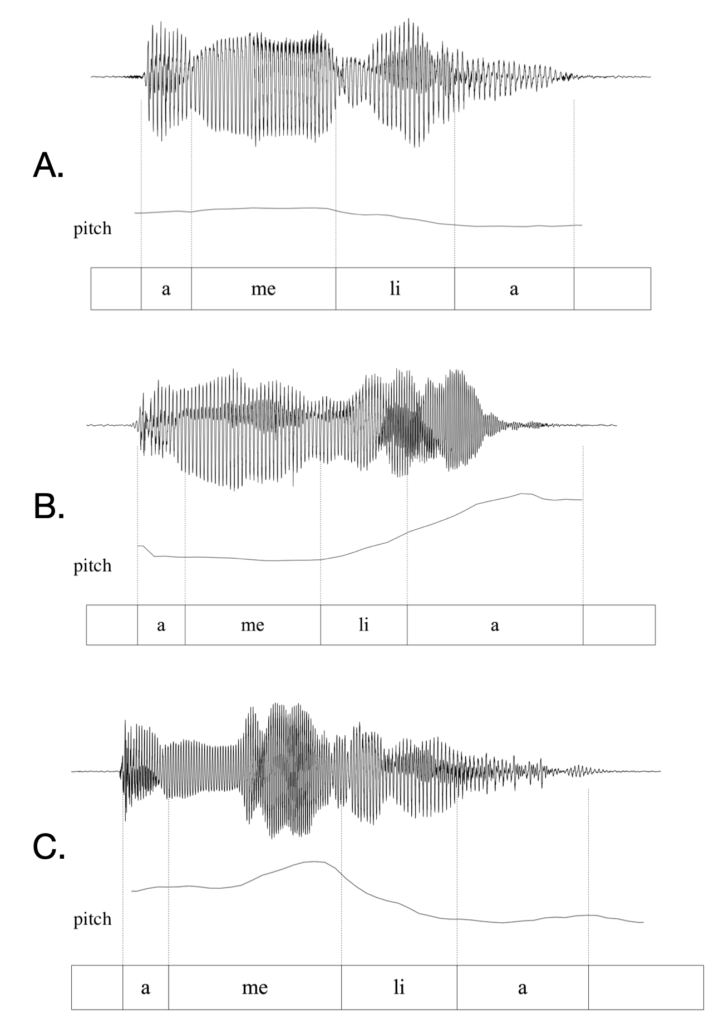
In Panel A of Figure 3, Amelia is produced as the answer to the question What is her name? In this case, the sentence has a falling intonation, similarly to what is observed in declarative sentences.
In Panel B of Figure 3, Amelia is produced as a confirmation question, with rising intonation.
In Panel C, Amelia is being reprimanded, so there’s a rise in pitch that coincides with where the stressed syllable (me) is. After that, the pitch lowers again.
Intonation is not the only aspect of prosody. Rhythm, manifested through the insertion of pauses or the assignment of focus to certain words, may also impact listeners’ sentence interpretation.
For example, compare the sentence I think this is good with I think this is… good, where the dots indicate a pause before good. If someone produced the second version of this sentence in relation to something you’ve done, you’d probably assume that they didn’t find it that good.
Focus, on the other hand, is the assignment of a pitch accent to a given word in a sentence. By doing this, we emphasize that word, and we create a contrast with other possible meanings that could exist in the world.
For example, if someone says MARY bought a car (here, the focused element, Mary, is in capital letters), we understand that the person who bought the car in question was Mary (and not John, Peter, or Paula). On the other hand, if someone says Mary BOUGHT a car, we understand that what Mary did was buy a car (and not rent, lease, or wash it).
Researchers who study prosody investigate how people use these cues (intonation, pauses, focus) to convey and interpret meaning. They also teach machines to employ these cues when producing and processing speech. Since the use of these cues is often subtle, these tasks are very challenging!
Suggested readings:
- Speech analysis
- Speech production and trumpet
- Science and Russian dolls — The follow-up
- Difference between speech, language and communication
- Cutting up language to study its inner workings!
- Tip of the tongue
- Speech perception: a complex ability
- New scientific article about the impact of singing on articulation

